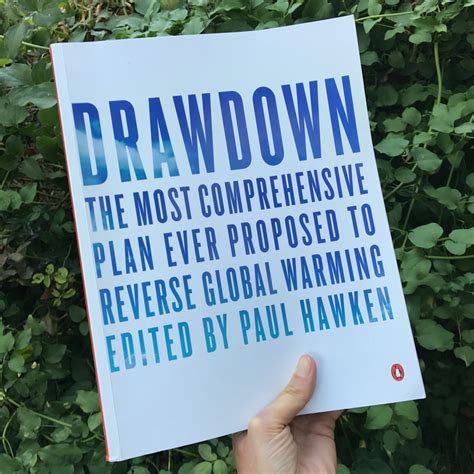March 16, 2021
Climate Solutions 101, Presented by Project Drawdown—free online!
This six-unit video series is filled with the latest need-to-know science and fascinating insights from global thought leaders. Free, full of hope, and streaming now.
Watch Now

What is Drawdown?
Project Drawdown is the most comprehensive plan ever proposed to reverse global warming. The visionaries and scientists at Drawdown did not make or devise the plan—they found the plan, because it already exists. They gathered a qualified and diverse group of researchers from around the world to identify, research, and model the 100 most substantive, existing solutions to address climate change. What was uncovered is a path forward that can roll back global warming within thirty years. It shows that humanity has the means at hand. Nothing new needs to be invented. The solutions are in place and in action. Our work is to accelerate the knowledge and growth of what is possible. The name Drawdown was chosen because if we do not name the goal, we are unlikely to achieve it.
On July 20, 2019 Sustainable Rogue Valley hosted an Introduction to Project Drawdown in Grants Pass. It was presented by Southern Oregon Drawdown, a group based in Ashland. The event was attended by forty-four enthusiastic lovers of the Earth. Because of this interest and enthusiasm we are hosting the following four linked Workshops in late September and through October: Drawdown Solutions: Getting Into Action Workshops.
In the meantime here are some videos and links where you can learn more about Project Drawdown to help you decide if you would like to be involved. Check out our Resources page for links to a few local groups and projects you may find interesting, as well.
Can tech save the planet
How empowering women and girls can help stop global warming
How to reverse global warming — Paul Hawkin
Recent Articles of interest on Project Drawdown
TOP TEN SOLUTIONS
Solutions by Rank
1 Refrigerant Management
2 Wind Turbines (Onshore)
3 Reduced Food Waste
4 Plant-Rich Diet
5 Tropical Forests
6 Educating Girls
7 Family Planning
8 Solar Farms
9 Silvopasture
10 Rooftop Solar
Example of a Solution

#16 Solution
Conservation Agriculture
Plows are absent on farms practicing conservation agriculture, and for good reason. When farmers till their fields to destroy weeds and fold in fertilizer, water in the freshly turned soil evaporates. Soil itself can be blown or washed away and carbon held within it released into the atmosphere. Tilling can make a field nutrient poor and less life-giving.
Conservation agriculture was developed in Brazil and Argentina in the 1970s, and adheres to three core principles:
- Minimize soil disturbance: absent tilling, farmers seed directly into the soil.
- Maintain soil cover: farmers leave crop residues after harvesting or grow cover crops.
- Manage crop rotation: farmers change what is grown and where.
The Latin root of conserve means “to keep together.” Conservation agriculture abides by these principles to keep the soil together as a living ecosystem that enables food production and helps redress climate change.
Conservation agriculture sequesters a relatively small amount of carbon—an average of half a ton per acre. But given the prevalence of annual cropping around the world, those tons add up. Because conservation agriculture makes land more resilient to climate-related events such as long droughts and heavy downpours, it is doubly valuable in a warming world.
——————————————————————-
To find out what you can do – join us for our series of Workshops in late September and October called Drawdown Solutions: Getting Into Action Workshops presented by the Southern Oregon Drawdown and Pachamama Alliance and Hosted by Sustainable Rogue Valley.
For more information GO HERE.


